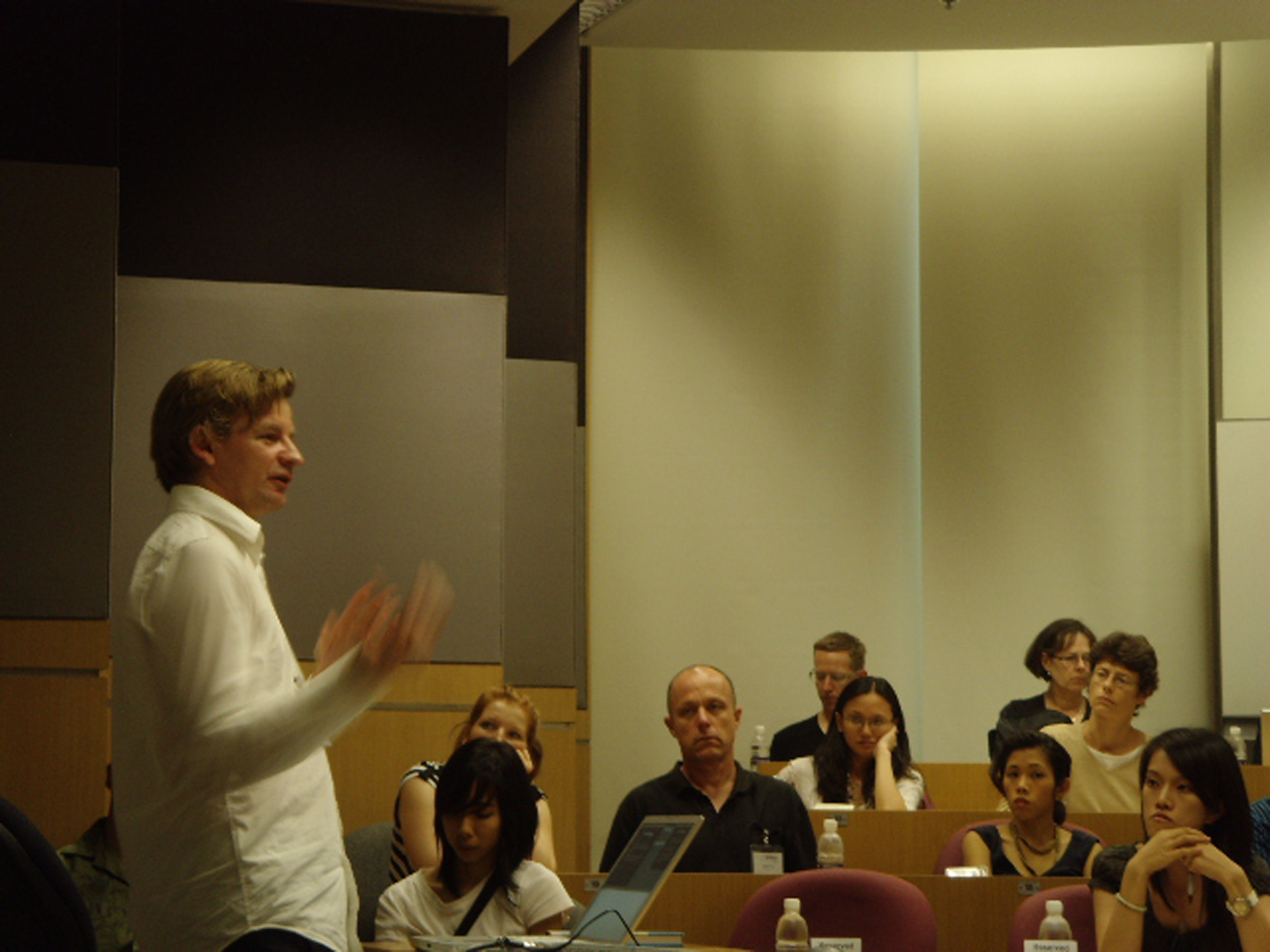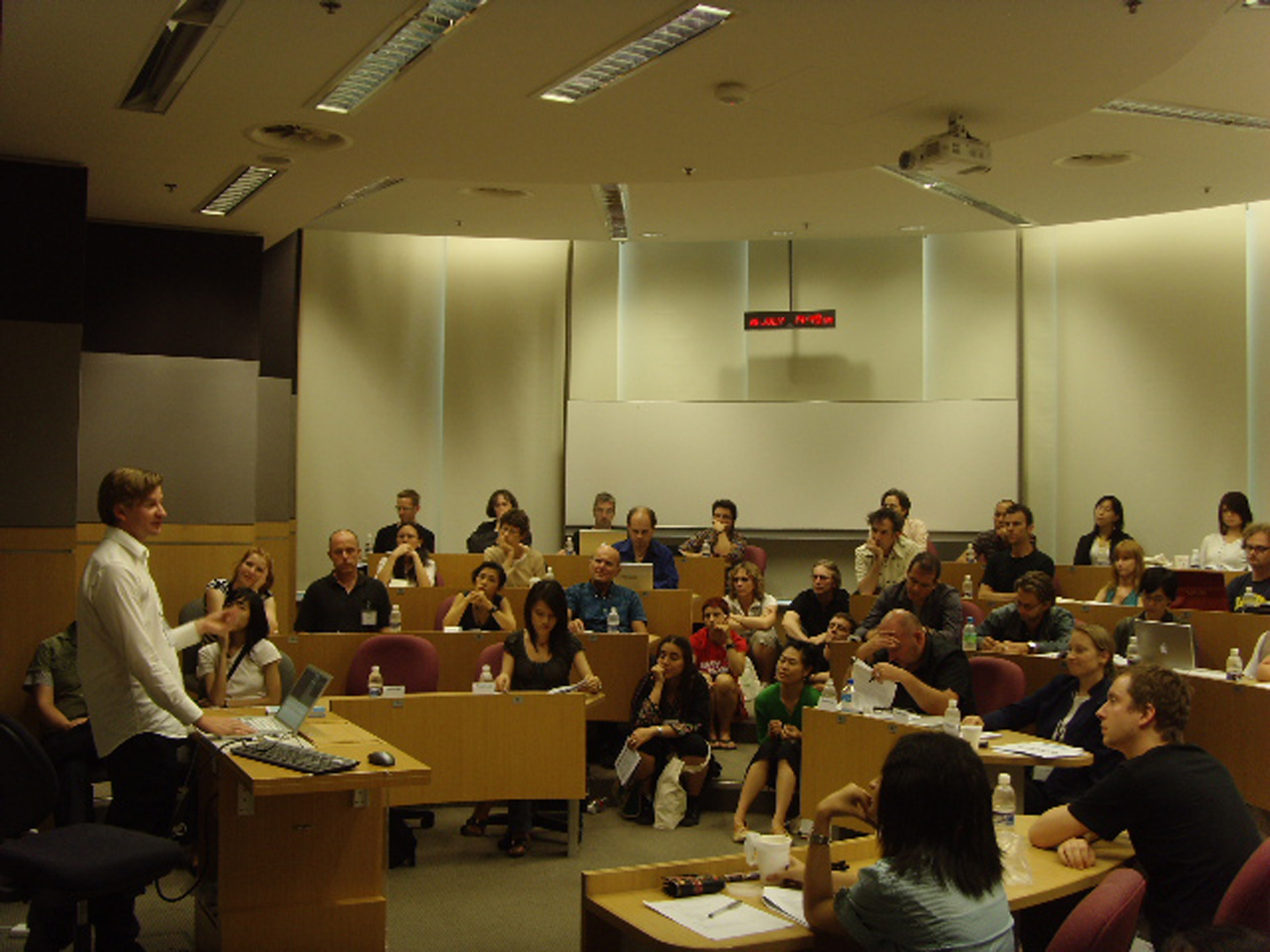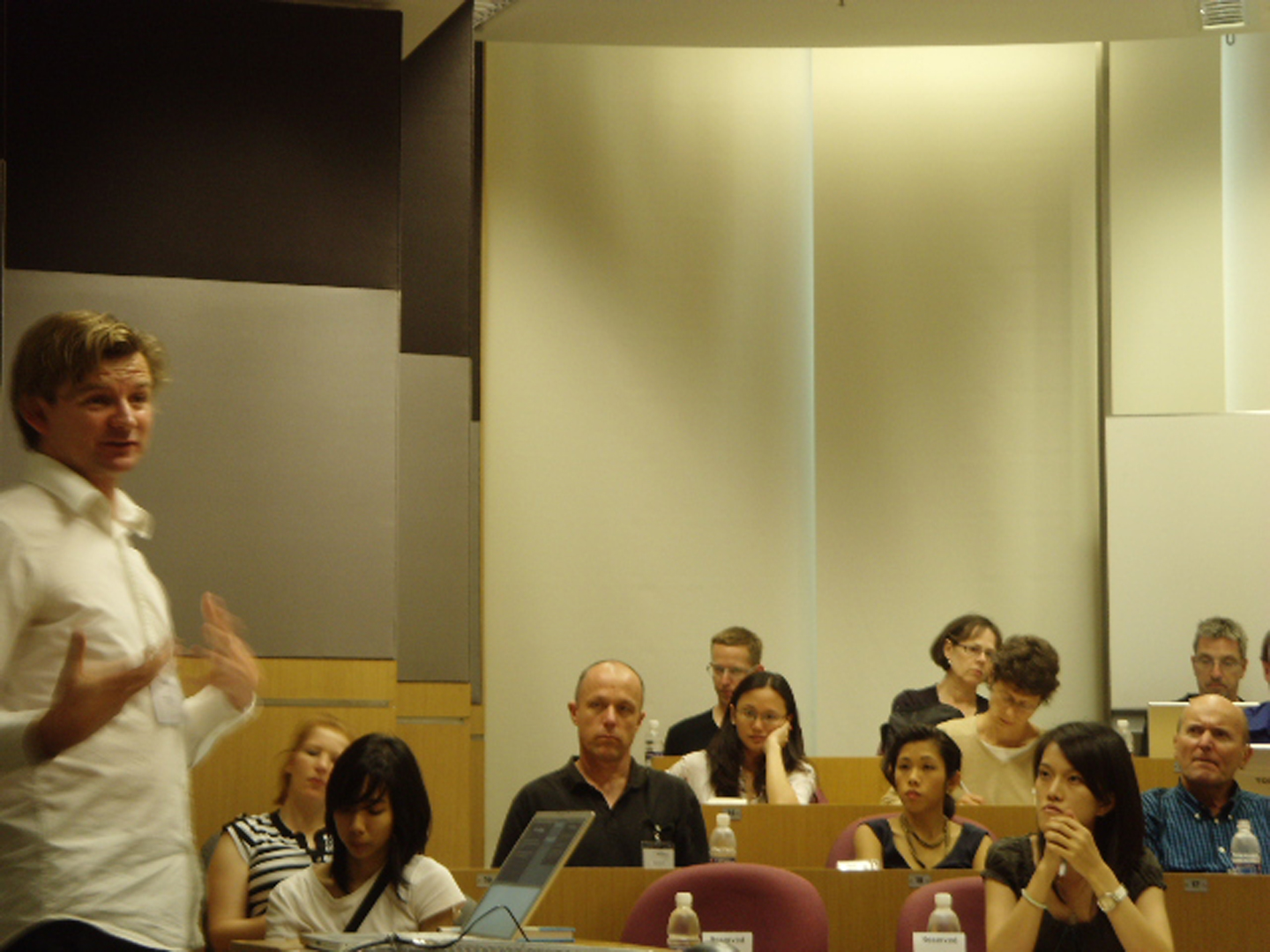“Creative Research and Creative Practice: Bridging Histories” presented by Butt
Symposium:
- ISEA2008: 14th International Symposium on Electronic Art
-
More presentations from ISEA2008:


Session Title:
- Transforming Media
Presentation Title:
- Creative Research and Creative Practice: Bridging Histories
Presenter(s):
Venue(s):
Abstract:
The possibility for supporting creative practice as a form of research has received extensive consideration both among creative academic practitioners and research policy-makers. This has been driven by a number of factors, among them an organisational need to account for professional creative practice among and expanding academic staff whose work contained an exploratory and innovative component; and growth in postgraduate programmes in the creative sector requiring equivalents to the knowledge-transfer models that have structured postgraduate study in other fields.
Recent research policy developments, particularly national assessment exercises in the UK and the British Commonwealth, suggested homologies between creative practice investigations and traditional research (if not always their equivalence) and facilitated the entry of creative practitioners into a formal Research Science and Technology (RS&T) support system. However, as a number of commentators have noted, this has often been characterised by a dynamic where creative practitioners are on the back foot, attempting to justify their practice as being as rigorous as “real research.” After more than a decade of these discussions, we can now see that there is the potential for creative practice to contribute far more to our understanding of research and innovation than simply being admitted inside an existing discussion about knowledge production. In a way, creative practices highlight fundamental areas of tension in dominant ways of thinking about knowledge, and these represent an opportunity to rethink the systems by which research is undertaken and supported.
Creativity within a University knowledge system
While creative practices’ understanding of creativity might be of a different order to most disciplines, it is also true that creative practice disciplines have not yet developed sufficient reflexive understanding of their position within the academy that would allow us to make stronger claims for a distinctive kind of knowing that could be the basis for support from research institutions. As Kevin Hamilton astutely observes, the difference between traditional disciplines (which aim to give a comprehensive introduction to a field at undergraduate level) and creative disciplines such as art and design are significant when we look at the way art and design is actually taught: Curricula and pedagogy for art and design at the undergraduate and graduate levels widely varies, undergoes little interinstitutional examination or critique, and is often still regarded with suspicion by even young professors who doubt that art can really ever be taught. ‘Hidden curricula’ dominate and there is no shared understanding of the discipline in the way that exists in most other departments.







